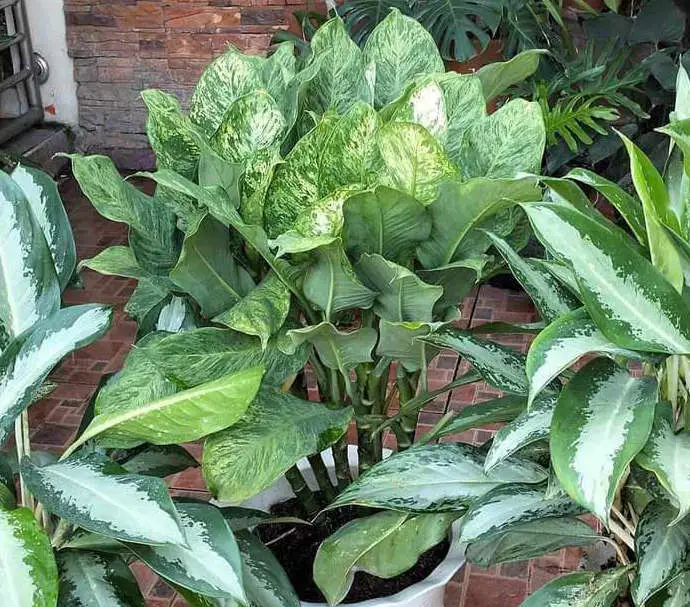If you’re like most gardeners, you probably enjoy watching petunias (Petunia x hybrida) bloom all summer long. But what do you do when the colder weather starts to creep in? Don’t worry – we’ve got you covered! In this guide, we will teach you how to overwinter petunias so that you can enjoy their beauty well into the winter months.
Can Petunias Be Overwintered?
Yes, petunias can be overwintered! This means that you don’t need to worry about losing your petunias to the cold weather. There are several different methods you can use to overwinter petunias, depending on your particular growing conditions and preferences.
Some of the most popular ways to overwinter petunias include bringing them inside for winter, mulching around them in the garden bed, or covering their roots with a thick layer of straw or leaves.
Regardless of which method you choose, just remember to be patient and give your overwintered petunias plenty of time to adjust to their new environment. With a little bit of care and attention, you should be able to enjoy your beautiful petunias the following spring!
How to Overwinter Petunias?
Now you know that petunias can be overwintered, but how exactly do you go about doing it? Here are some tips and tricks to help you overwinter your petunias successfully:
Step one: Stop fertilizing in late summer or early fall, as this means the petunias will store energy in their bulbs for the winter.
Step two: Dig up your petunias and gently separate the bulbs. Brush off any dirt, and then inspect the bulbs for any signs of disease or pests. Discard any petunia bulbs that are damaged or diseased.
Step three: Cure your healthy petunia bulbs by leaving them to dry for two weeks. This will form a protective barrier around the bulbs, which will help them withstand colder temperatures.
Step four: Store the bulbs in a cool, dark place until spring. It’s a good idea to wrap the bulbs in newspaper to keep them protected from moisture and pests.
Step five: Once the weather begins to warm up in spring, you can replant your petunia bulbs in your garden bed or pot. Be sure to water them regularly, and enjoy watching them bloom all summer long!
Protecting Potted Petunias During Winter
If you grow your petunias in pots but don’t want to dig them up for overwintering, there are still plenty of things you can do to protect them from the cold. One option is to move your pots indoors during winter, where they will be protected from freezing temperatures and harsh weather conditions.
Another option is to bring your potted petunias inside on particularly chilly nights and wrap them in blankets or tarps. This will help insulate them from the cold, keeping them safe and healthy until spring comes around.
No matter which method you choose, remember to pay close attention to your potted petunias throughout the winter months so that you can intervene if they start showing any signs of distress or damage.
Replanting Overwintered Petunias
When spring comes, you will need to replant your overwintered petunias bulbs. Before you begin, take the bulbs out of storage and let them temper to prepare them for the growing season.
People often put their petunia bulbs in the refrigerator to simulate colder weather and trick the plants. All you have to do is leave the bulbs in the refrigerator for a couple of weeks and then plant them in small pots. After refrigerating the bulbs for an additional week, they will be ready to plant.
Once your petunia bulbs are ready to be replanted, choose a sunny spot in your garden or pot and prepare the soil by mixing in some compost or fertilizer. Then simply dig a small hole for each bulb and carefully place it inside, making sure that the top of the bulb is just below the surface of the soil.
Conclusion
In conclusion, overwintering petunias is not only possible but also quite simple. By following the basic steps outlined above, you no longer have to worry about losing your beautiful petunias to the cold winter weather. With a bit of patience and care, you can look forward to enjoying your petunias year after year! So what are you waiting for? Start overwintering your petunias today!
Tim is an avid gardener from the UK. He was the founder of PlantCarer.com from 2021 to Sep 2023. He sold PlantCarer.com to Aaron. He has since started his own business called Seed To Supper, which provides new gardeners all the materials you need in a box (pots, seeds, compost and instructions) to grow your own delicious and nutritious vegetables and herbs from start to finish – no garden required.








0 Comments